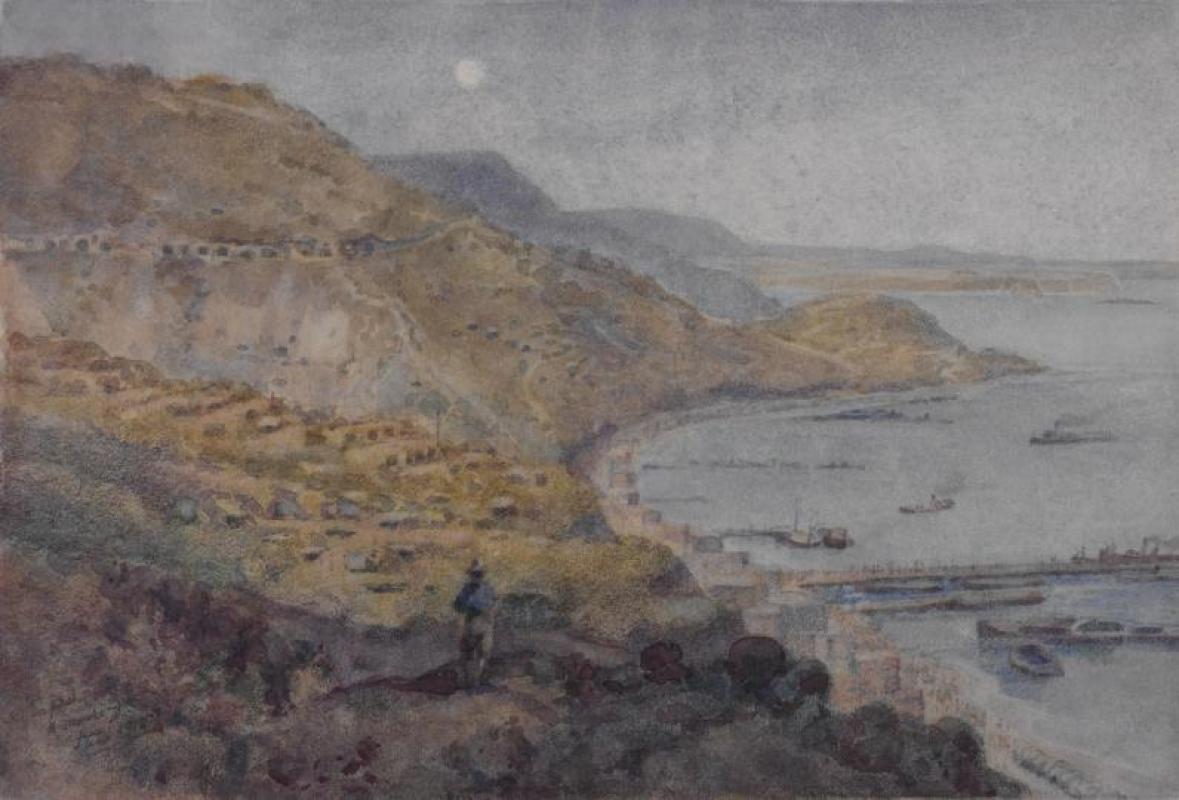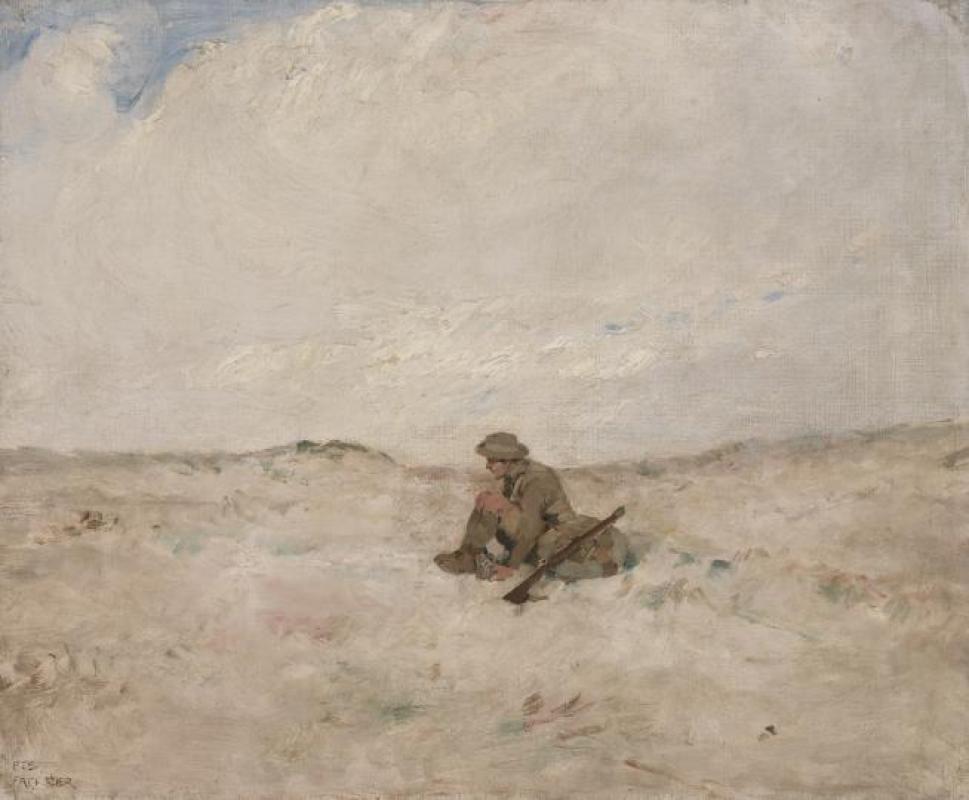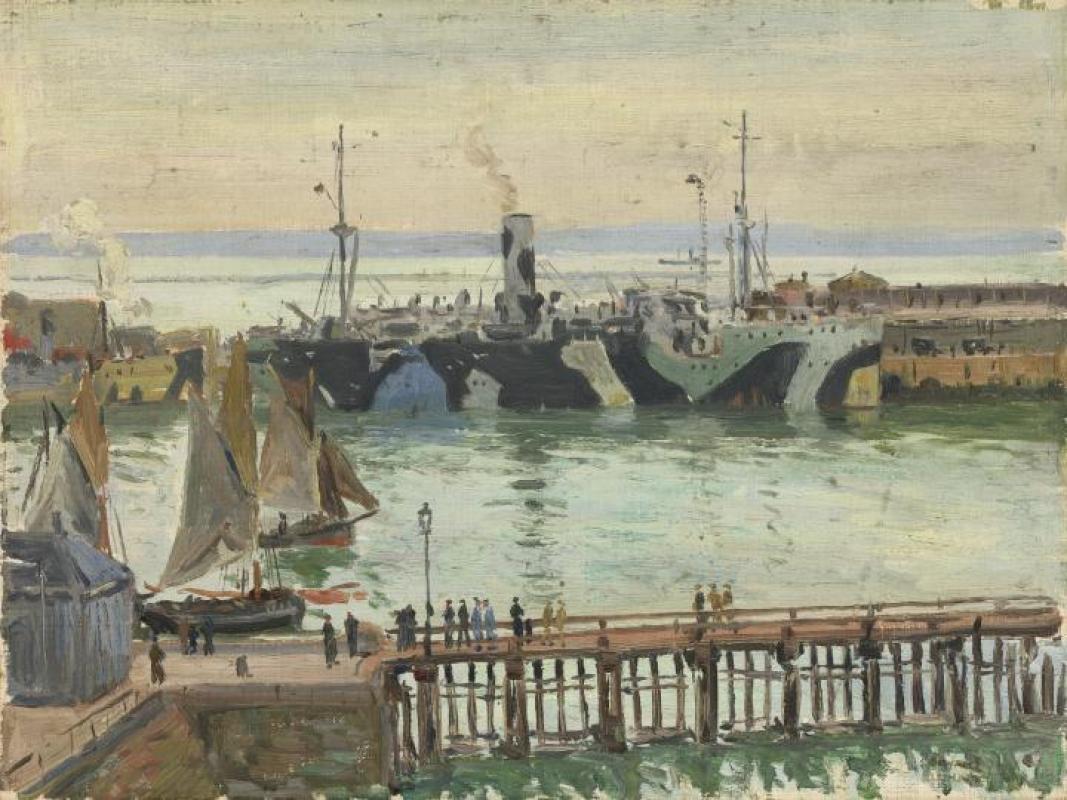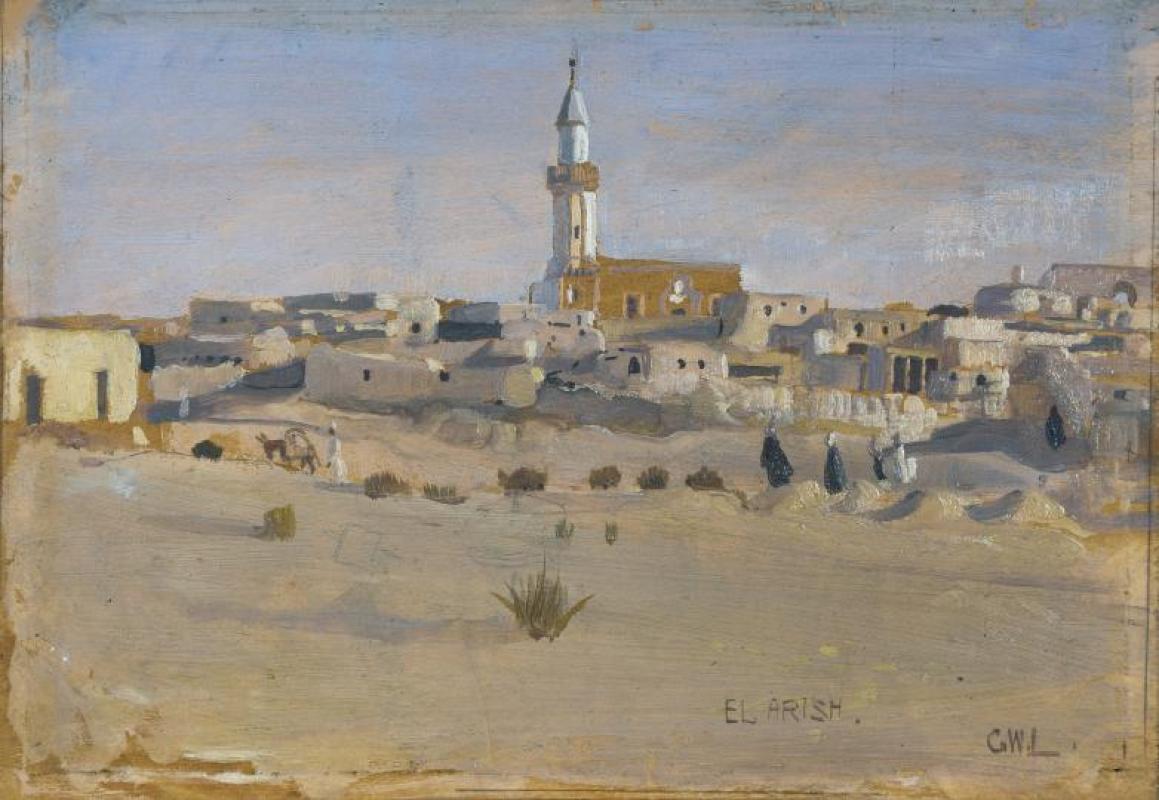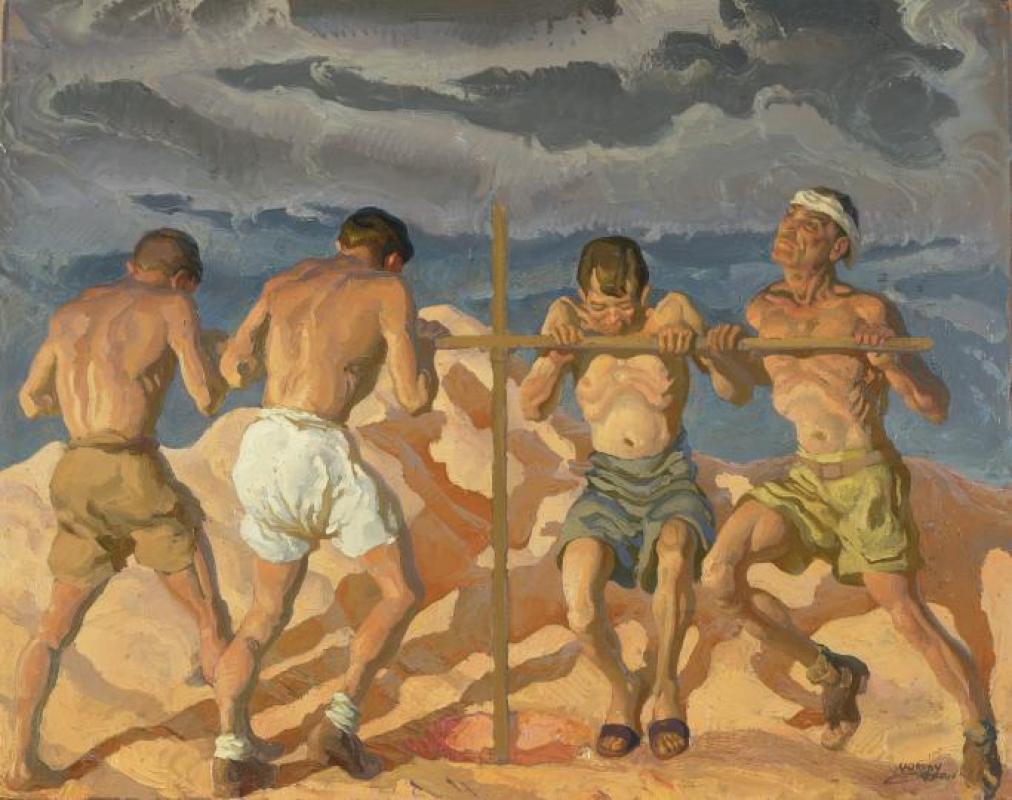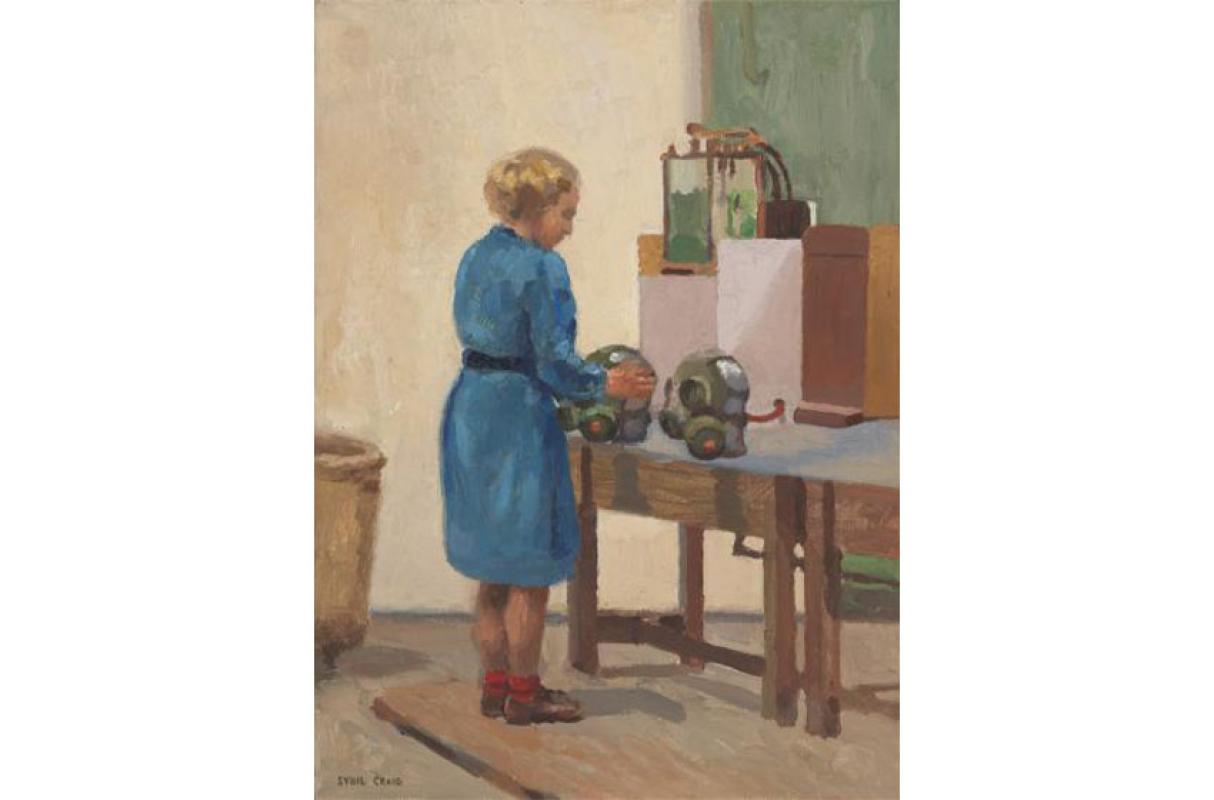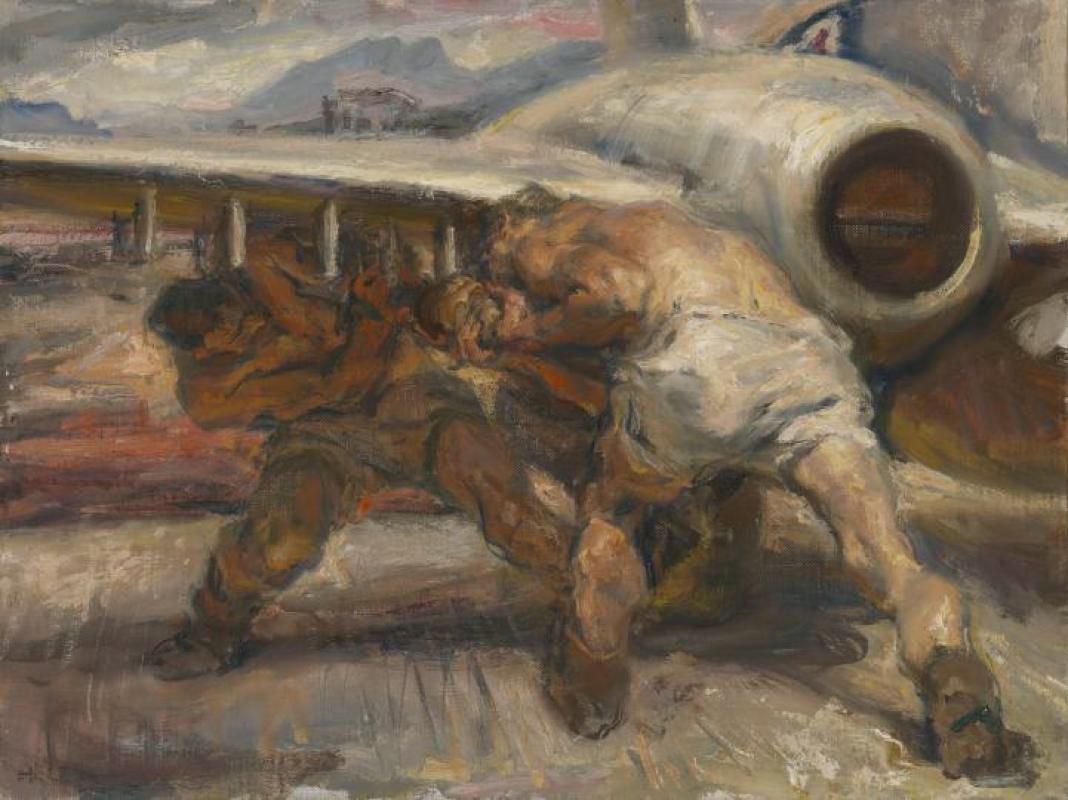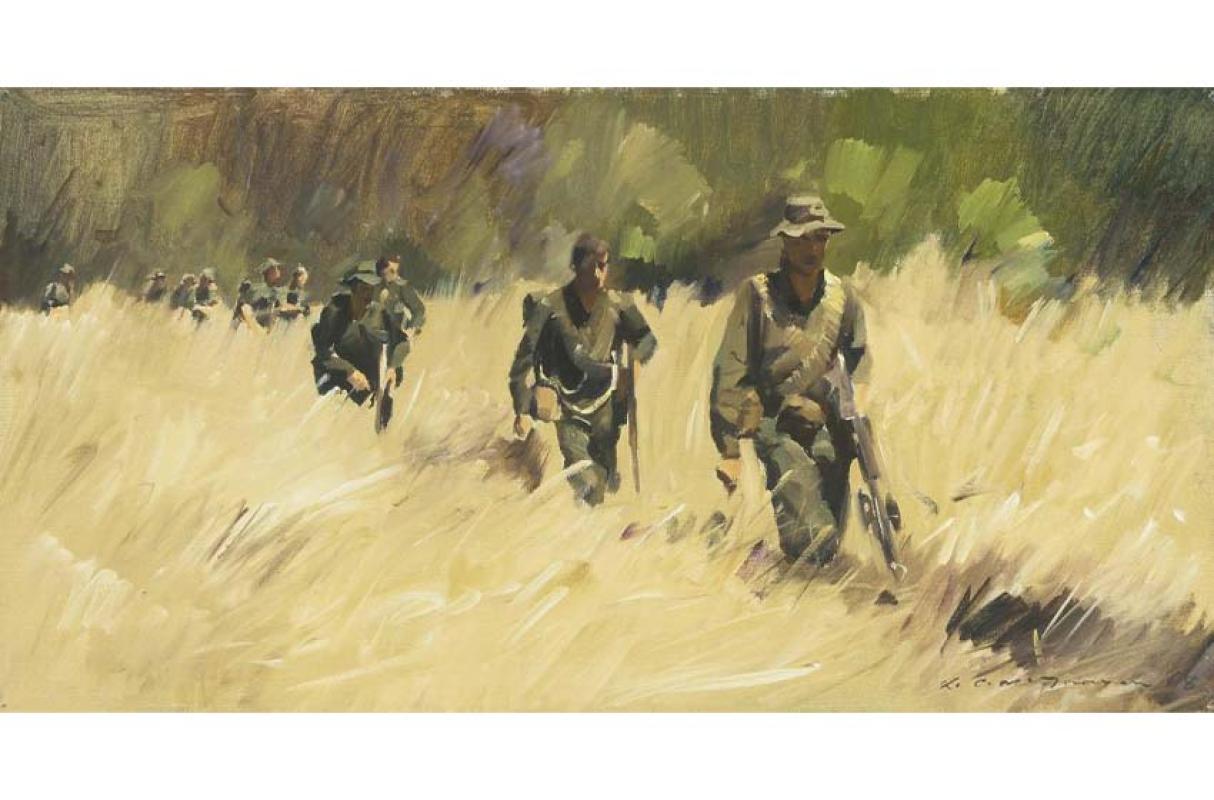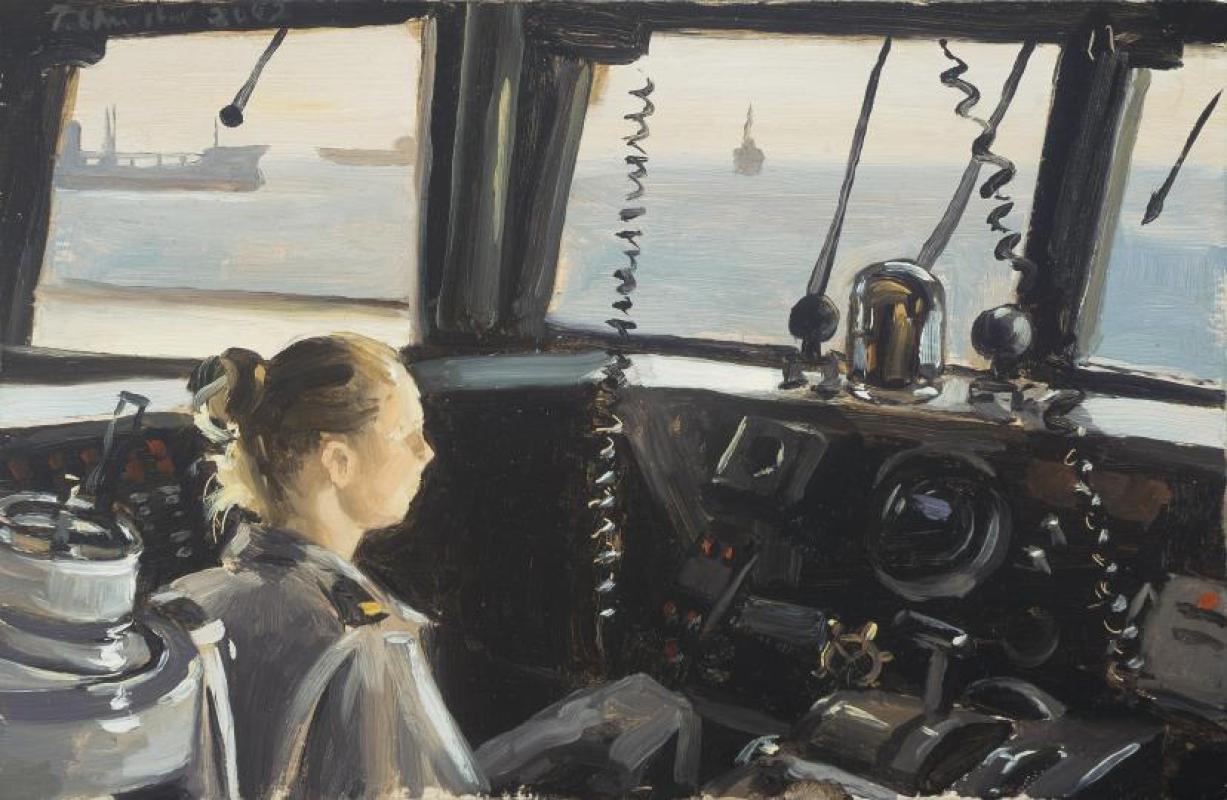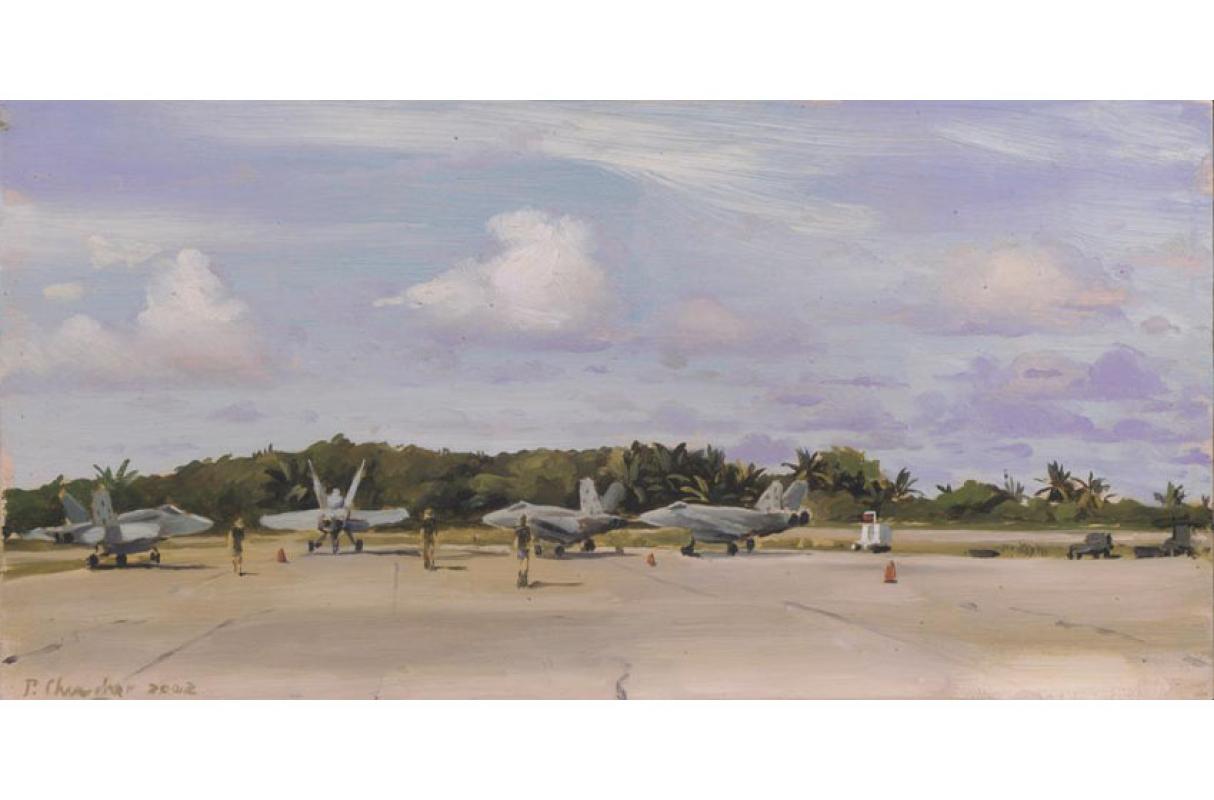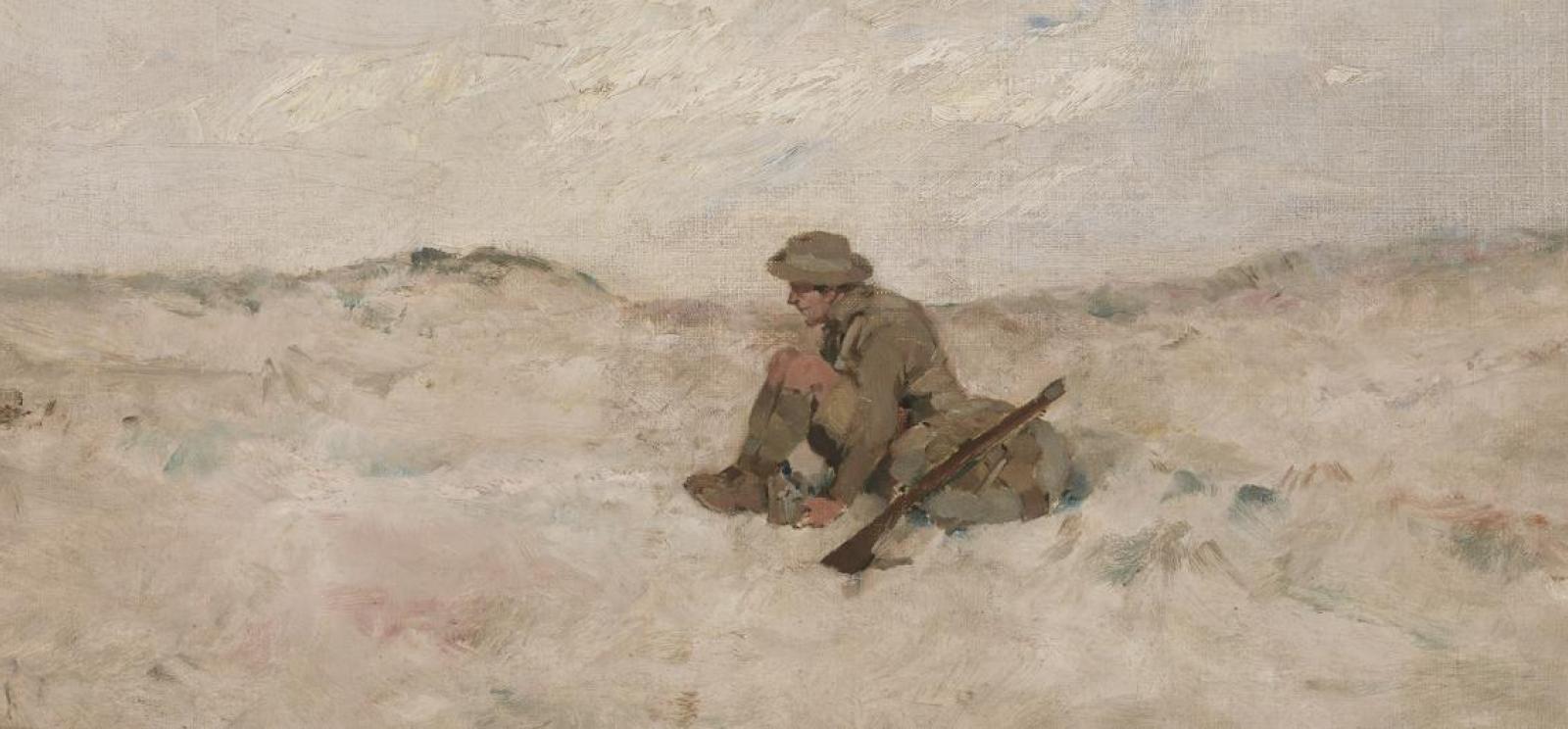
"Australia was born on the shores of Gallipoli."
— Billy Hughes, the war-time Prime Minister of Australia, establishing a strong sentiment that created the still widely-held belief of many.
Çanakkale/Gallipoli was indeed the first large scale crucible of fire for the ANZACS, even though they went on to valiant and successful efforts through the rest of the world war.
Presented for the 100th anniversary of the Allied landing at Gallipoli in April 1915, this exhibition of artworks drawn from the prolific collection of the Australian War Memorial commemorates the role and sacrifice of Australian servicemen and women from the First World War through to the present.
The exhibition, shown at the National World War I Museum and Memorial as only the second venue in the United States after the Australian Embassy in Washington, D.C., captures some of the vast geographical area and various theaters of conflict and peacekeeping that Australia has covered and participated in, from the Middle east and Europe, to Vietnam, Korea and Singapore.
A Centenary of Australian War Art is the most comprehensive collection ever seen outside of Australia. The exhibition features Australia’s best known war artists, including George Lambert and Arthur Streeton, and the works highlight the crucial role Australians played in some of the most defining moments in modern history.
Australia inaugurated its Official War Art Scheme in 1917 and the role of art in Australia’s interpretation of its wartime history was established with the commission of Will Dyson, a skilled cartoonist who dedicated himself to depicting the human dimension of war. To date, the Australian War Memorial has appointed more than 70 official war artists. This exhibition presents the work of many of them.
A Centenary of Australian War Art was made possible by the Embassy of Australia, Washington D.C. and the Australian War Memorial with Lockheed Martin serving as the presenting sponsor. Additional support was provided by the Australian Consulate General-Chicago, the Blue Scope Foundation, Creata and the Francis Family Foundation.
All images are copyrighted by the Australian War Memorial.
